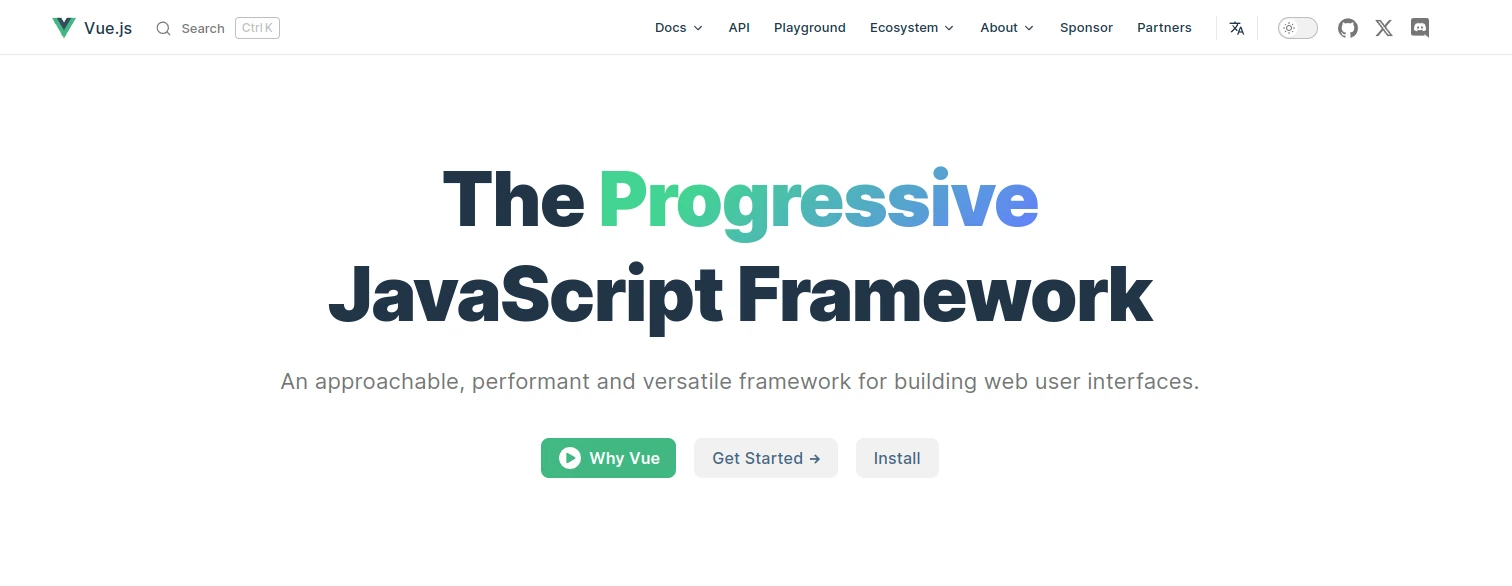React vs Vue: A Comprehensive Comparison for Web Development
- Date
-
 Aleksandar Cvetanovski
Aleksandar Cvetanovski

In the realm of frontend development, React and Vue.js stand out as two of the most popular JavaScript frameworks/libraries. They both offer efficient solutions for building interactive and dynamic user interfaces, but they have distinct philosophies, features, and ecosystems. In this article, we'll delve into a comprehensive comparison of React and Vue.js to help you make an informed decision for your web development projects.
React: Declarative and Component-Based
React, developed by Facebook, is a JavaScript library for building user interfaces. It emphasizes a declarative approach to building UIs, where developers describe how the UI should look based on the application state. Key features of React include:
- Component-Based Architecture: React promotes a modular approach to UI development, where the user interface is broken down into reusable components. Each component encapsulates its own logic, markup, and styles, facilitating code reuse and maintainability.
- Virtual DOM: React utilizes a virtual DOM to efficiently update the user interface in response to changes in application state. By comparing the virtual DOM with the real DOM, React minimizes DOM manipulations and enhances performance, especially in applications with dynamic data.
- JSX: JSX is a syntax extension for JavaScript that allows developers to write HTML-like code within JavaScript files. This seamless integration of markup and logic enhances code readability and enables developers to build UI components more intuitively.
- Unidirectional Data Flow: React follows a unidirectional data flow, where data flows downwards from parent to child components. This simplifies data management and makes it easier to understand how changes in state affect the UI.
- React Hooks: Introduced in React 16.8, Hooks are functions that enable developers to use state and other React features in functional components. Hooks promote code reusability and improve the composability of React components.
Vue.js: Approachable and Progressive

Vue.js, created by Evan You, is a progressive JavaScript framework for building user interfaces. It is known for its approachable syntax, simplicity, and flexibility, making it an ideal choice for both beginners and experienced developers. Key features of Vue.js include:
- Reactive Data Binding: Vue.js provides reactive data binding, allowing developers to declaratively bind data to the UI. When the underlying data changes, Vue.js automatically updates the corresponding parts of the UI, eliminating the need for manual DOM manipulations.
- Virtual DOM: React.js utilizes a virtual DOM to efficiently update the user interface in response to changes in application state. By minimizing DOM manipulations, React.js enhances performance and ensures a smooth user experience, especially in complex applications with dynamic data.
- Component-Based Architecture: Similar to React, Vue.js encourages a component-based architecture, where UIs are composed of reusable and self-contained components. Vue components encapsulate their own markup, styles, and behavior, promoting code reusability and maintainability.
- Vue CLI: Vue.js offers a command-line interface (CLI) tool that simplifies project setup, development, and deployment. The Vue CLI provides a standard project structure, built-in build tools, and a rich plugin ecosystem, enhancing developer productivity and project scalability.
- Single File Components (SFCs): Vue.js supports Single File Components, which encapsulate a component's template, script, and styles in a single file. This modular approach to component development enhances code organization and makes it easier to manage complex UIs.
- Vue Router and Vuex: Vue.js provides official libraries for client-side routing (Vue Router) and state management (Vuex). Vue Router enables developers to create SPA (Single Page Applications) with client-side routing, while Vuex facilitates centralized state management in large-scale applications.
Choosing Between React and Vue.js
When choosing between React and Vue.js for web development, consider the following factors:
- Learning Curve: React has a steeper learning curve compared to Vue.js, especially for developers new to component-based architectures and JSX. Vue.js, with its approachable syntax and clear documentation, is often preferred by beginners.
- Community and Ecosystem: React has a larger community and ecosystem compared to Vue.js, with a wide range of libraries, tools, and resources available. However, Vue.js has been rapidly growing in popularity and has a thriving community with active support and contributions.
- Project Requirements: Consider the specific requirements of your project, such as performance, scalability, and developer expertise. React is well-suited for building complex and performance-critical applications, while Vue.js excels in rapid prototyping and smaller-scale projects.
- Team Preferences: Evaluate the preferences and expertise of your development team. If your team is already familiar with React or has experience with component-based architectures, React might be the preferred choice. Conversely, if your team prefers a more approachable and flexible framework, Vue.js could be the better option.
Conclusion
React and Vue.js are both powerful frameworks/libraries for building modern web applications. While React offers a declarative and performance-oriented approach to UI development, Vue.js emphasizes simplicity, flexibility, and approachability. By carefully evaluating your project requirements, team preferences, and development goals, you can choose the framework that best suits your needs and empowers you to build exceptional web experiences.